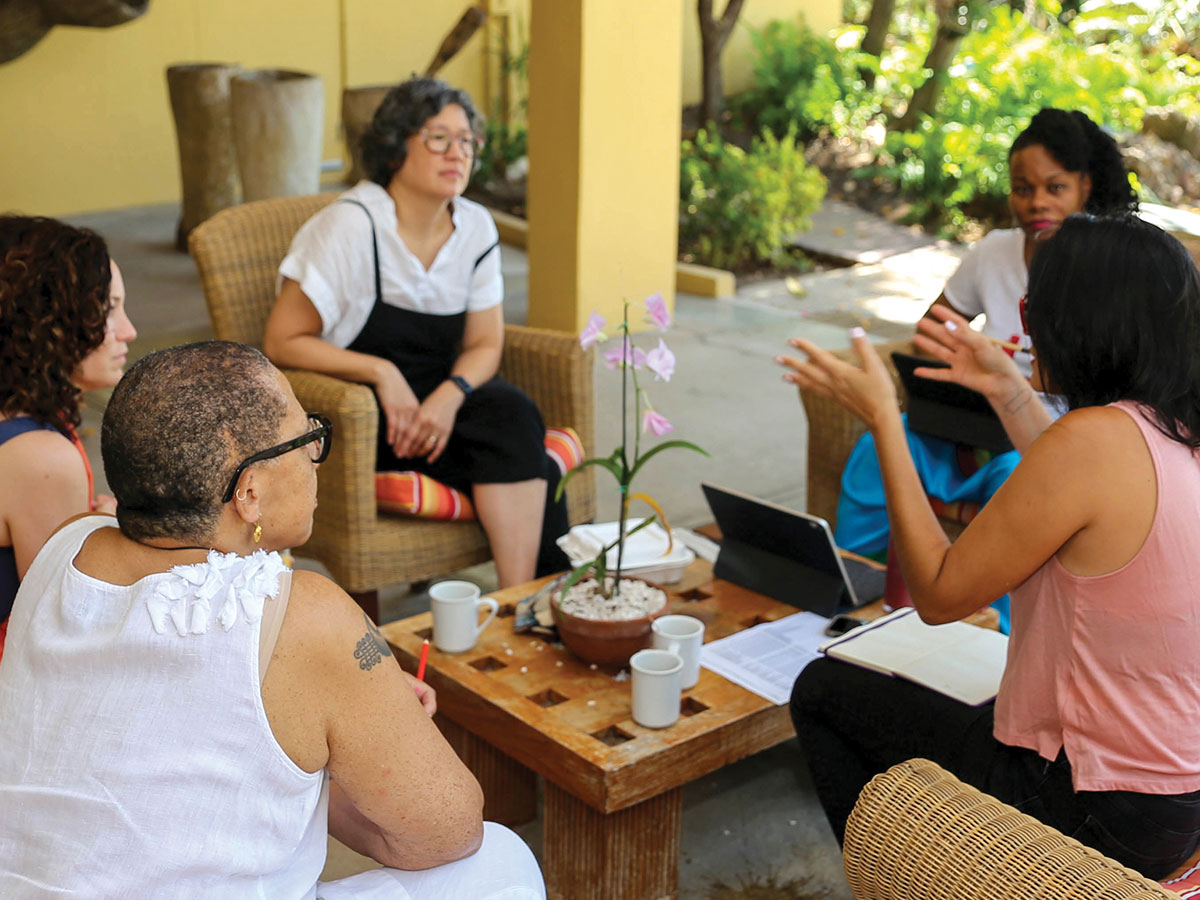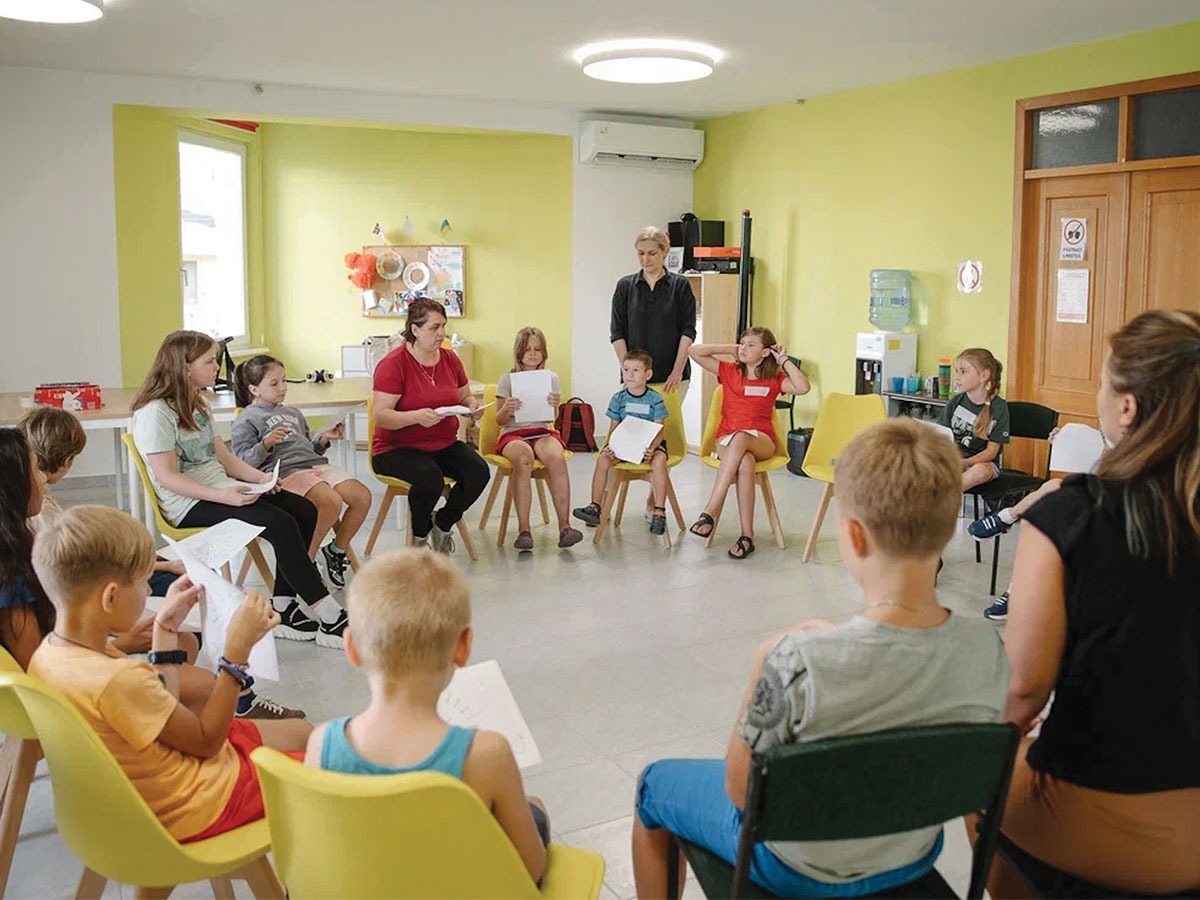
Grants management at its best facilitates the process of making excellent grants, serving stakeholders both inside the organization (colleagues) and on the outside (grantseekers and grantees). Doing this well requires a certain service mindset and set of practical activities that many have called “customer service.” The analogy isn’t perfect, since grantseekers aren’t buying anything and will probably come back even if they find the experience exasperating1. But whatever we call this orientation toward service and facilitating efficient and effective work, no one can deny that it is fundamental to doing grants management well.
Why? I can think of two reasons off the top of my head:
- It aligns practices with values: most grantmakers aspire to support grantees well and be good partners to nonprofits and communities. Good customer service expresses this value – and it also makes it more likely that your organization will be seen as an ally, rather than an impediment. PEAK Grantmaking has been working on an initiative to engage the sector in a conversation around aligning practices and values. You can visit our webpage for more information and resources.
- It gets things done: practically speaking, you will accomplish more if your colleagues see you as enabling their work and if they enjoy their interactions with you.
But what does really good service require and what does it look like? To answer this, Dr. Streamline turned to our Streamlining Interns – Megan Murphy, Michigan Health Endowment Fund; Cindy Alvarado, the Rockwell Fund; and Sara Guillaume, Colorado Health Foundation – who had wisdom to share about their orientation and approach to service. And not surprisingly, it comes down to more than a cheerful smile.
Get clear about who you serve… and why
Identifying exactly whom you serve, and why, is an important first step. Even if it seems obvious, there may not be shared understanding within your organization as to the specific reasons to provide excellent service. It’s not just about providing a pleasing experience – it’s about getting the work done well. Grants management is often the first point of contact that a grantseeker or grantee has with the foundation, explained Megan Murphy. “I work hard to make sure those first contacts are a good experience, that our process is transparent, and we are clear on what we are looking to fund,” she said.
Sara Guillaume defined her internal customers as all of her colleagues and teams within the Foundation – from program officers and finance to staff focused on policy, evaluation, and communications. Externally, her organization has defined customers as the Foundation’s grantees, potential grantees, applicants, and the community. And service to these diverse constituents matters, because “our vision as an organization is that we help to bring health in reach for all of them.” Identifying the connection of your work to your organization’s mission gives it urgency and importance.
Design processes that work for them
User-centered design may sound like fancy jargon, but it’s something that good grants management has always practiced: understanding how a system or process will be used, so that it can be designed to meet the needs of the folks who will use it. Megan Murphy described her approach to process development: “I take process suggestions and ideas that I hear from our staff both formally and in passing and try to make those things a reality. I am constantly looking for ways in which we can improve and make our grantmaking stronger.” At the Colorado Health Foundation, accompanying program officers on site visits gives Sara Guillaume a first-hand view of what works and what doesn’t. Sure, grants management could come up with a process without input, “but a very different view is provided by actually sitting with an organization that is attempting their first grant application, or watching how a program officer works to capture information during a site visit.”
Build empathy
Sometimes, providing great service simply means being a listening ear, said the Streamlining Interns, but it also has a lot to do with changing whose needs are prioritized, according to Cindy Alvarado. “Some of the day-to-day things I do to help strengthen relationships and build empathy are shifting the focus from us and what we want to them and what they need/want.” This helps to build a trusting relationship in which nonprofits can truly share what their challenges are and not be afraid to lose funding. Cindy noted that this takes time and relationship building, but ultimately helps create “that safe, open space for communication that will ultimately help both parties to be successful in our work.” Internally, empathy is also essential, as our Successful Structures effort showed, because grants management and program staff may have different priorities in service of the organization’s mission – and empathy for colleagues’ priorities can help build good will and understanding.
Use data to track progress
Without data, it’s hard to know if the service and processes you’re providing are actually making others’ work easier and more effective. This is especially true in philanthropy, where grantees might not provide feedback for fear of upsetting a funder, and colleagues might not share criticism for fear of violating the “culture of nice” in our sector. Sara Guillaume at Colorado Health Foundation shared that they use internal process metrics to ensure that their processes are smooth, and contract with the Center for Effective Philanthropy to get anonymous reviews from grantees about their experience working with the foundation. This data allows grants management to see the impact of effective service and make changes when the data show internal processes are convoluted or grantee experience is not as positive as it could be.
It can be easy to underestimate the importance of excellent service in philanthropy. True, your organization’s “customers” will probably keep coming back, even if the process is cumbersome, emails aren’t answered, and the voice on the end of the line sounds grumpy. But the relationships that enable trust and candor, the smooth processes that save everyone time, money, and aggravation, and the demonstrated valuing of other human beings that aligns with philanthropy’s grand purpose – those things will suffer. And if you believe that trust and candor, effective processes, and love of humankind are at the heart of what we do, then, good external and internal service is not just nice to have – it’s essential.
1Kevin Bolduc of the Center for Effective Philanthropy argued convincingly in his (highly recommended) 2016 blog, “Grantees are not customers!” that “partner service” would be a better phrase to use.
Dr. Streamline is Jessica Bearman of Bearman Consulting, LLC. She provides facilitation, organization development, and research and development to help grantmakers and other mission-focused organizations align strategy, practice, and culture for greater effectiveness, equity, and joy.


